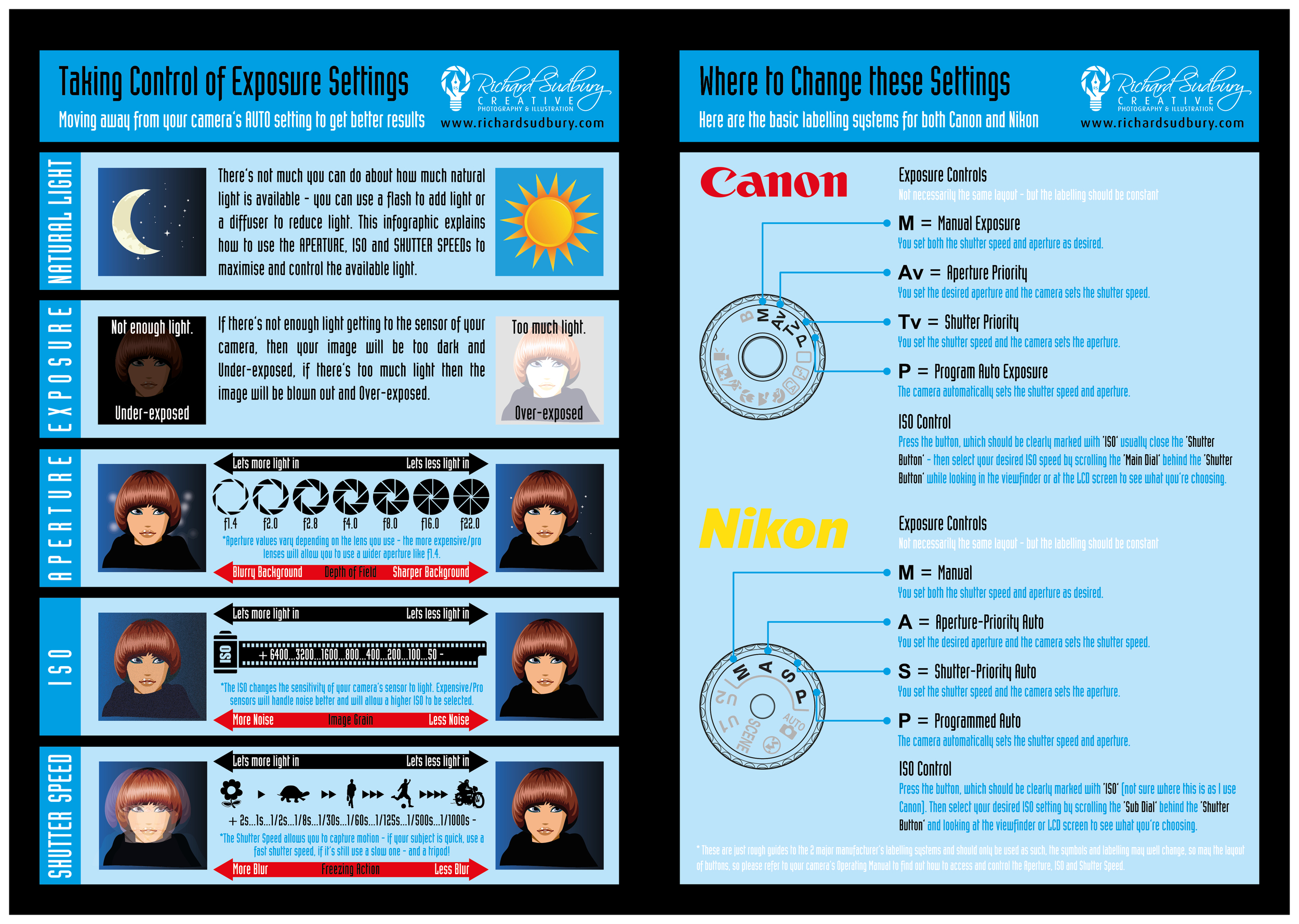What Every Digital Photographer Should Find Out About Lights
What Every Digital Photographer Should Find Out About Lights
Blog Article
Authored By-Hinson Olsson
As a professional photographer, you know that lights can make or break your pictures. Understanding the subtleties of both all-natural and synthetic light is crucial for recording the mood and quality you aim for in your job. Whether you're chasing after the best golden hour glow or tweak your man-made configurations, grasping these aspects can elevate your digital photography considerably. However there prevail risks that numerous forget, and recognizing them can transform your strategy to every shoot. Allow's discover what you may be missing out on and just how it can affect your results.
Recognizing Natural Light
Comprehending natural light is critical for any kind of photographer seeking to improve their work. It's the foundation of wonderful photography, affecting mood, tone, and quality. When you fire outdoors, pay attention to the moment of day. Click On this page -- shortly after dawn and before sunset-- provides soft, cozy light that can change normal scenes into stunning photos.
Do not take too lightly the power of cloudy days. Cloud cover diffuses sunlight, creating a soft, even light that's excellent for portraits and macro digital photography. You'll locate colors pop in this kind of lighting without severe darkness.
Positioning matters, too. Constantly consider your subject's orientation to the light. If the sunlight's behind your topic, you may end up with a shape, which can be significant but mightn't be what you want. On the other hand, direct sunshine can produce unflattering shadows.
Experiment with angles; sometimes, transforming your point of view can produce outstanding outcomes. Use natural reflectors, like water or sand, to jump light onto your topic, including dimension.
Mastering Artificial Light
Understanding man-made light is necessary for professional photographers who want to take their abilities to the following degree. Whether you're utilizing speedlights, studio strobes, or constant lights, understanding exactly how to adjust these sources can significantly boost your images.
Start by just click the next web page with the essentials of light quality, direction, and shade temperature. Trying out different modifiers like softboxes, umbrellas, or grids to control the soft qualities or violence of the light.
You'll discover that soft light frequently creates flattering results, while harsher light can include drama and depth. Don't avoid darkness; they can enhance the three-dimensionality of your subjects.
Pay very close attention to the placement of your lights. A light located as well close to your topic can develop uncomplimentary results, while as well far away can bring about a lack of detail. Make use of a light meter or your cam's pie chart to ensure you're revealing properly.
Last but not least, remember that artificial light can be mixed with ambient light for creative effects. Stabilizing these sources might take practice, once you understand it, your digital photography will absolutely shine.
Methods for Different Scenarios
When you enter different shooting situations, adapting your lights techniques is important for capturing the best images. For exterior pictures, use the gold hour-- morning or late afternoon light-- to soften darkness and enhance complexion.
If Headshot photo 's a rough noontime sunlight, take into consideration using a reflector to jump light back onto your subject or seek shaded areas for an extra even direct exposure.
In low-light scenarios, like interior events, increase your ISO and utilize a wide aperture to allow in even more light. A tripod can assist eliminate electronic camera shake, permitting longer exposures without obscuring.
If you're shooting at evening, explore off-camera flash to develop vibrant lighting and depth in your images.
For item digital photography, utilize diffused lights to prevent rough representations. Softboxes or light tents can help attain this result.
When photographing landscapes, take into consideration the direction of light and time of day, as it can substantially alter the mood of your shot.
Always be ready to readjust your settings and placing based on the scenario, as flexibility is essential to grasping lighting in photography.
Conclusion
In conclusion, grasping lights is key to raising your digital photography abilities. Accept natural light's beauty throughout golden hour, and do not avoid trying out fabricated light techniques. By adjusting your approach to different situations, you'll capture spectacular images that resonate with emotion and clearness. Remember, the ideal lights can transform an ordinary shot into something amazing, so maintain practicing and fine-tuning your understanding of both natural and fabricated light. Delighted capturing!
